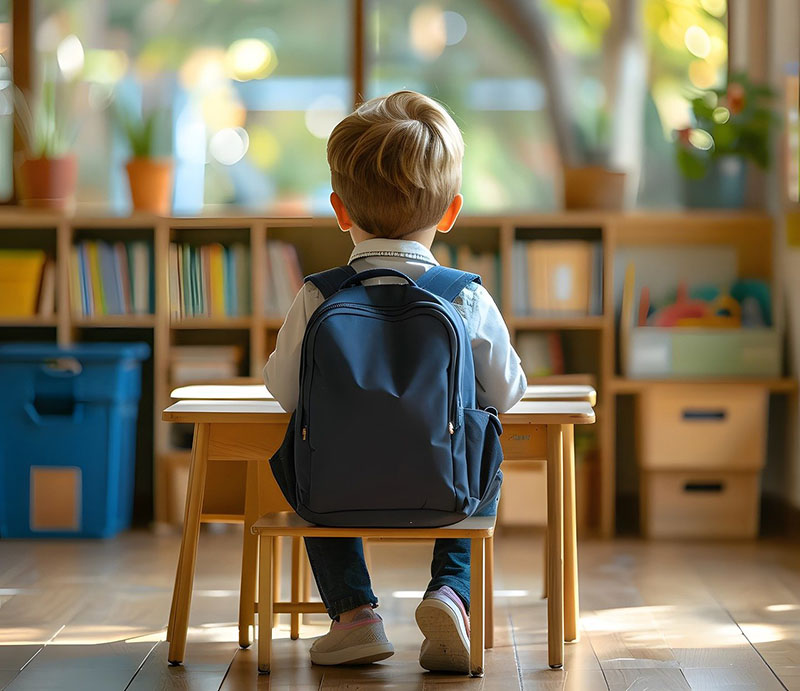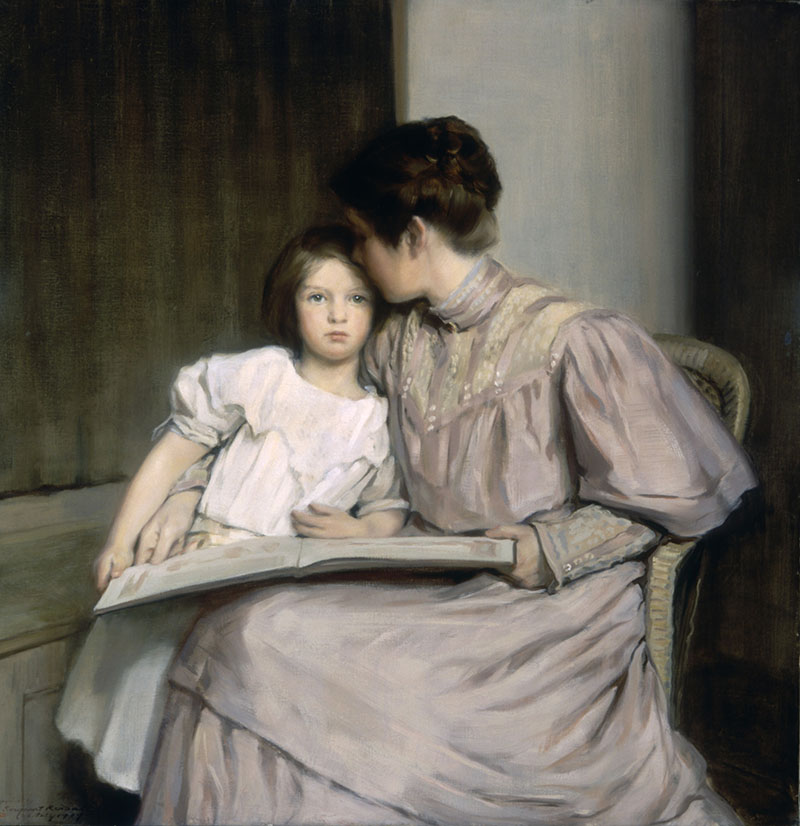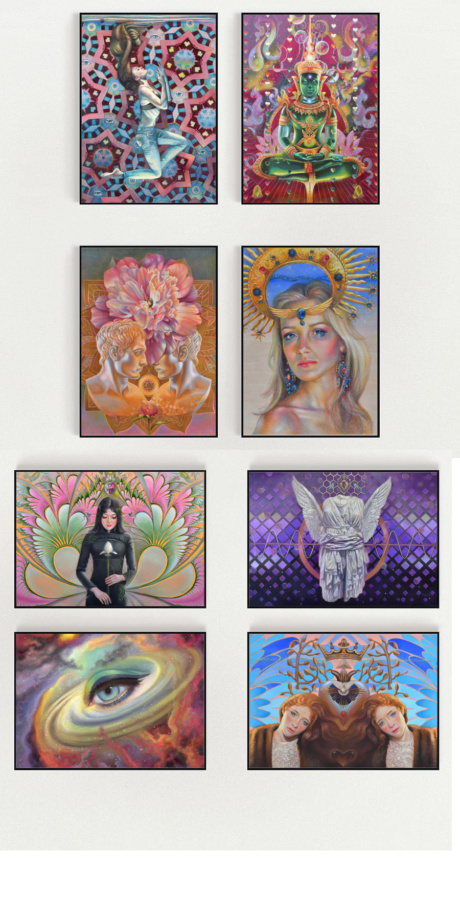
Emerging artificial intelligence is quickly changing our perception of reality. While the full potential of AI language models is yet to be discovered, the most straightforward application of emerging AI language models is education. Numerous pieces of information are sorted out, organized, and presented concisely. Children and teachers have instant access to information along with image-generation capabilities like we have never seen before.
New approach to education for better or worse
AI image generation is becoming a novel tool for creating educational materials. With the ability to generate high-quality images using AI models, teachers can now illustrate abstract concepts with visuals. Hard-to-find images otherwise can quickly be generated to explain history, math, or bio diagrams. As AI language models take hold in our society, many start-up companies have emerged offering writing services to students of different age groups. All students need to master writing skills to be successful in the future, and these companies seem to have a new approach to essay writing. In this context, Papersowl can be called the best essay writing service. Thanks to its writers, you can quickly get professional help when writing texts with any difficulty. This may save you time in preparation for exams or other school activities.
Here are some creative essay topic ideas for school:
Fantasy and Sci-Fi:
- If you could invent a new superpower, what would it be and how would you use it?
- Write a short story about a world where animals can talk.
- Imagine a future where humans have colonized Mars. What challenges would they face?
- Create a new myth or legend about a mythical creature.
Personal Experiences and Reflections:
- Write a letter to your future self.
- If you could travel back in time, where would you go and why?
Social and Cultural Issues:
- What is the most important issue facing our world today?
- If you could change one thing about the world, what would it be?
Creative Writing Prompts:
- Write a story from the perspective of an inanimate object.
- Create a new holiday and describe its traditions.
- Write a poem about a specific emotion or experience.
- Write a short story that takes place in a dream world.

Benefits of Using Image-Generative AI in Education
AI image generation can be a valuable tool in educational settings, offering several benefits:
- Enhanced Visual Learning: AI can create custom images that illustrate complex concepts, making them easier to understand and remember. AI-generated art can be adapted to suit various needs, including those of students with visual impairments. Artificial intelligence makes complex topics easier to understand through detailed visual simulations.
- Limitless Creativity & Inspiration boost: Students can feel inspired and interested in learning by actively participating in image generation that includes fantastic, never-before-seen imagery.
- Efficient Content Creation: Teachers used to spend hours searching for appropriate visual content. AI can quickly generate images, reducing the time and effort required for teachers and students to create visual materials for varied subjects and topics.
Technology Solutions for Teachers
Various platforms offer the integration of AI education tools for creating educational images. They facilitate the creation of diagrams, maps, or even realistic three-dimensional models that can be used in classroom and online courses. Here are some examples.
- Canva AI, software allows you to create infographics with the help of AI.
- DALL-E specializes in generating realistic images from text descriptions.
- ThingLink creates interactive visualizations that can be adapted to different topics and age groups.
Google Gemini’s top text prompts for AI image generation that can be used in a school classroom:

History
- “A medieval knight fighting a dragon in a realistic style”
- “A futuristic city with flying cars and skyscrapers”
- “A historical reenactment of the American Revolution”
Science
- “A microscopic view of a cell”
- “A solar system with realistic planets and stars”
- “A diagram of the water cycle”
Math
- “A visual representation of the Pythagorean Theorem”
- “A 3D model of a geometric shape”
- “A graph showing the relationship between two variables”
Language Arts
- “A fantasy landscape with a magical castle”
- “A character from a book, illustrated in a specific art style”
- “A scene from a famous novel, depicted in a realistic style”
General Education
- “A diverse group of students working together on a project”
- “A teacher explaining a concept to a class of students”
- “A student reading a book in a library”
Tips for Effective Prompting:
- Be specific: The more specific your prompt, the better the results. For example, instead of “a dog,” try “a golden retriever puppy playing in a park.”
- Use keywords: Use keywords that are relevant to the image you want to generate. For example, if you want a historical picture, use keywords like “historical,” “medieval,” or “ancient.”
- Experiment with different styles: AI image generators can produce images in a variety of styles, from realistic to abstract.
- Use negative prompts: Negative prompts can help you to exclude certain elements from your image. For example, if you don’t want a specific object in your image, you can use a negative prompt like “no object” or ” no signature.”
By using these tips, you can create more accurate images to enhance learning in the classroom.
Ethics & Challenges
- Intellectual property issues: copyright issues arise from artists whose art is taken to train the AI models. The use of AI images can cause disputes over who owns the rights to content, the algorithm developer, the platform, or the user.
- Representation issues: AI does not always generate historically or culturally correct images and teachers must be aware of the model’s biases in image generation.
- Dependence on tech: excessive use of artificial intelligence can lead to interest fatigue and a decrease in creativity among teachers and students who try to cut corners in favor of quick results. Tech can’t replace passion for the learning process, it can only complement it.
- Cheating by students using AI-language models.
Conclusion
The development of artificial intelligence, particularly in education, gives new opportunities to improve the learning process and make it engaging, interactive, and personalized. However, technology can’t replace human effort, passion, genuine creativity, and willingness to learn.
Written by Linda Crouse & Veronica Winters
Shop original visionary art & prints:
